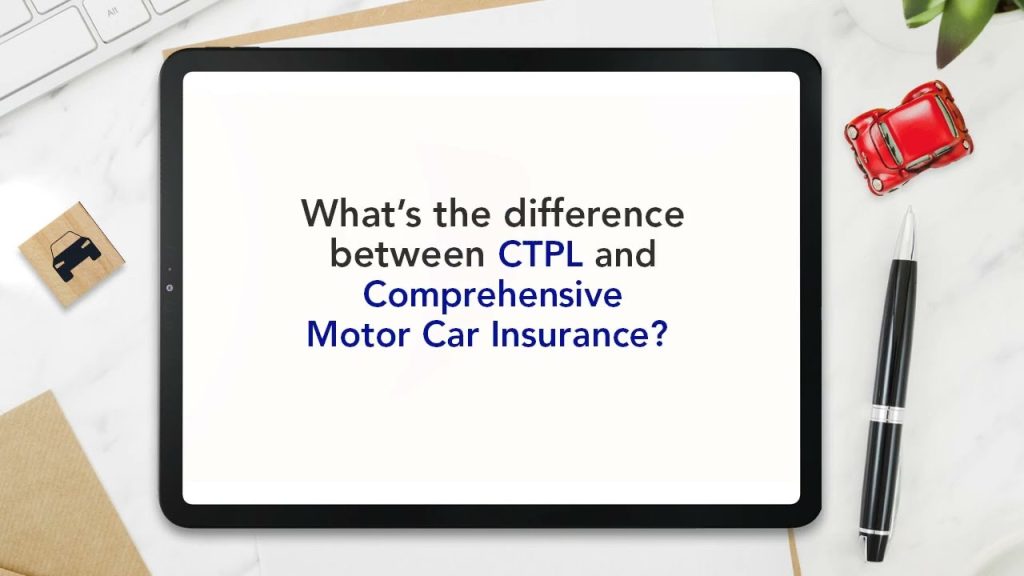CTPL VS Comprehensive Insurance

Which One Do You Need: CTPL or Comprehensive Insurance?
When it comes to car insurance, two typical options are compulsory third-party liability (CTPL) insurance and comprehensive insurance. While both offer protection, they perform distinct functions. Let’s break out their differences so you can make an informed selection.
What is CTPL Insurance?
CTPL insurance is a legal requirement for registering a car. Its primary goal is to offer coverage for third-party physical injury or death resulting from an accident involving your car. However, CTPL does not cover damage to your own vehicle or property.
What is Comprehensive Insurance?
Comprehensive car insurance offers broader coverage, including:
-
- Third-party liability (bodily injury and property damage)
-
- Own vehicle damage due to accidents
-
- Natural disasters (floods, typhoons, earthquakes, etc.)
-
- Fire and theft
-
- Vandalism
Key Differences Between CTPL and Comprehensive Insurance
| Feature | CTPL Insurance | Comprehensive Insurance |
|---|---|---|
| Coverage | Third-party bodily injury | Third-party & own vehicle damage, disasters, theft, etc. |
| Legally Required? | Yes | No (optional but recommended) |
| Covers Own Car? | No | Yes |
| Covers Theft? | No | Yes |
| Covers Natural Disasters? | No | Yes |
Which One Should You Get?
-
- If you only want to meet legal requirements, CTPL is sufficient.
-
- If you want full protection for your car and finances, comprehensive insurance is the better choice.
While CTPL is the bare minimum required by law, a comprehensive insurance policy provides peace of mind and financial security in case of unforeseen events. Investing in the right coverage ensures that you’re fully protected on the road!



Responses